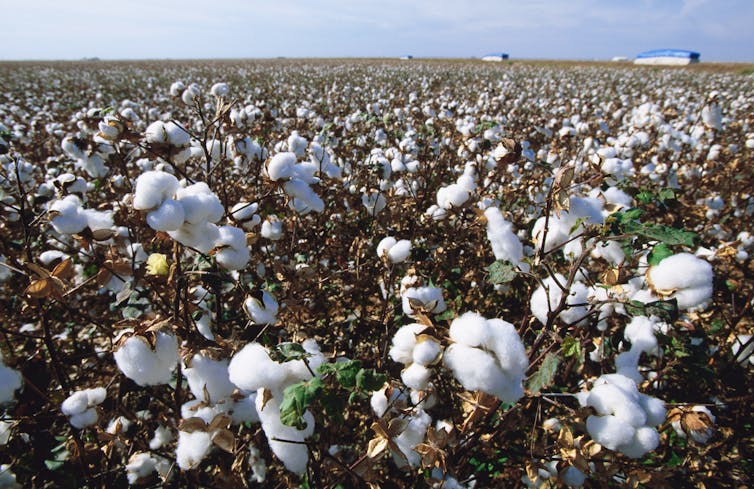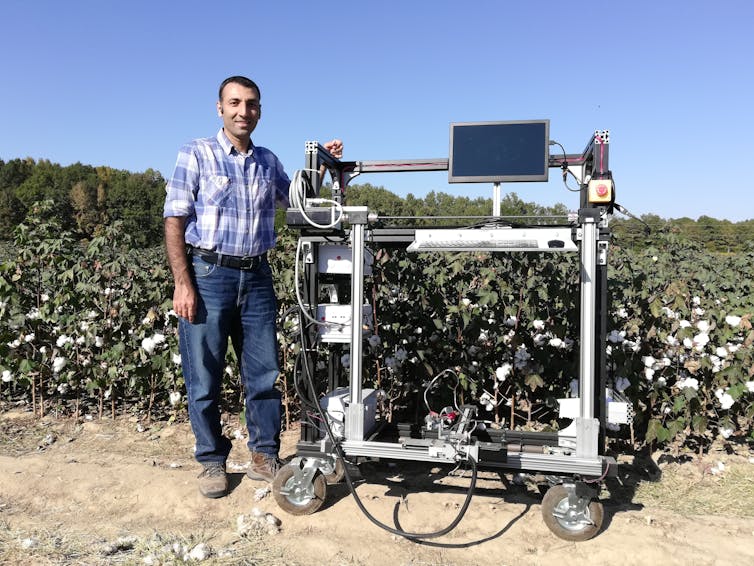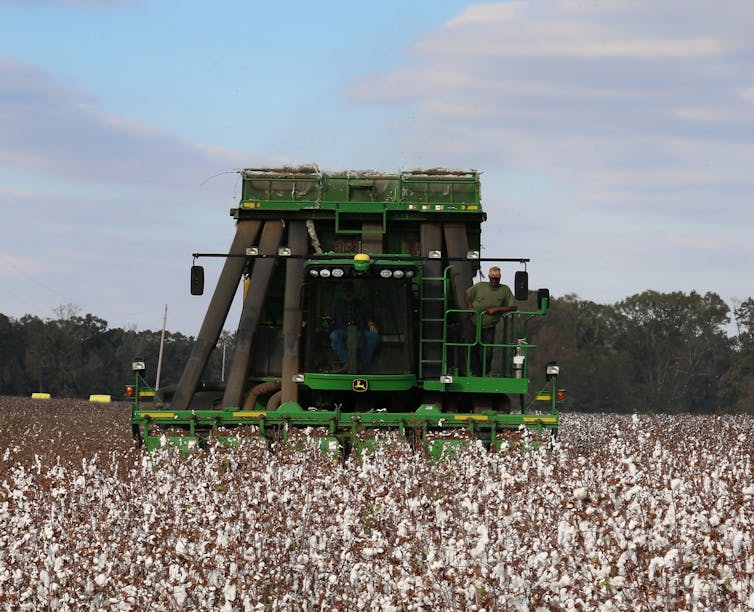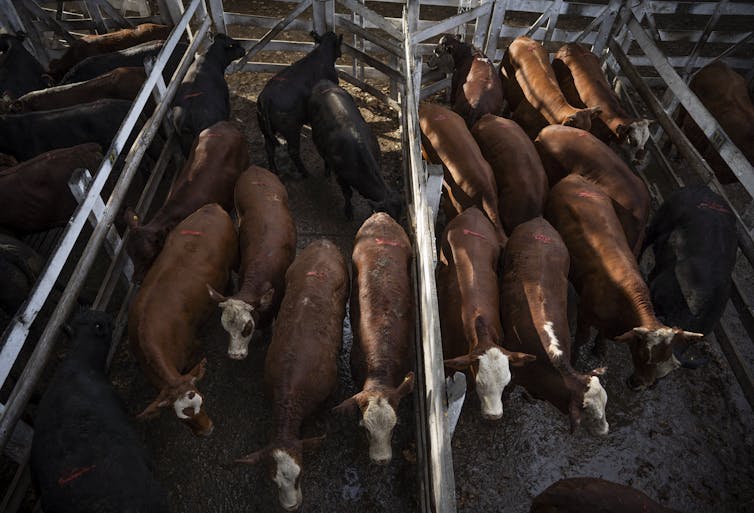
In Argentina, where beef is a symbol of national pride, a government-led partnership has started certifying certain livestock as carbon neutral. It’s a big step that shouldn’t be underestimated, but getting the certification process right is crucial.
The world’s livestock sector is a key driver of climate change, contributing around 12% of global greenhouse gas emissions. Two-thirds of agriculture’s annual greenhouse gas emissions come from livestock, with raising cattle for meat typically being the most emissions-intensive activity. While shifting diets to plant-based foods and alternative proteins can help reduce emissions, global meat consumption is growing with an expanding population and rising prosperity.
There are ways that livestock producers can reduce those emissions. However, beyond social pressure, ranchers have few incentives to do so. Unless those steps to reduce emissions also increase productivity, they typically become costs with little immediate benefit in return.
With formal certification, farmers can earn a higher price. This has been the case with certified organic or fair-trade products. If livestock could be raised in ways that produce fewer emissions and certified as climate-friendly, the resulting higher prices they could fetch might give producers an incentive to invest in reducing their herds’ emissions.
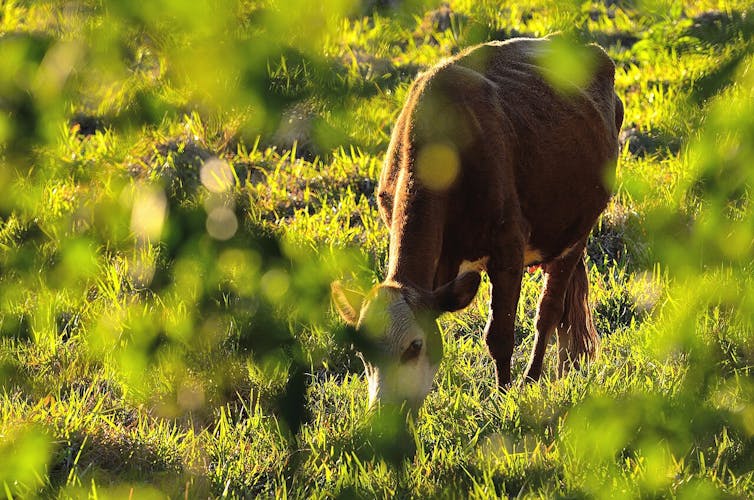
Argentina’s certification approach relies on a silvopastoral system, which integrates tree growth with grazing or production of grasses or grains for fodder. Livestock are raised in forest interspersed with native natural grasslands and cultivated pastures. The pasture and grazing are managed to return nutrients and organic matter to the soil.
The trees and soil regeneration methods both store carbon, leading to the certification’s claim that the cattle, despite the greenhouse gases they produce, are carbon neutral.
The certification, approved in early 2024, is a collaboration between Argentina’s National Agricultural Technology Institute and National Industrial Technology Institute and the Argentinian private sector, with certification from the International Environmental Product Declaration System, one of the first and longest operating third-party verification systems of environmental claims.
This silvopastoral system may be hard to replicate elsewhere, but it’s only one way to reduce livestock emissions. I’m an agricultural and resource economist and executive director for the Innovation Commission for Climate Change, Food Security and Agriculture, led by Nobel Laureate Michael Kremer. Here are some other emerging innovations that could lead to livestock certifications that reduce emissions:
1. Feed additives
Innovative feed additives, such as red seaweed, could reduce livestock methane emissions by 26% to 98%, depending on the type of additive and how it is administered.
Methane is a potent greenhouse gas with many times the warming potential of carbon dioxide. About 12% of ruminants’ gross energy intake goes into digestive processes that generate methane, which the cows belch into the air. So reducing methane emissions via feed additives could also increase productivity while maintaining milk quality. If cattle can conserve energy in the digestive process, they can redirect it toward animal growth and milk production.
Startup companies, such as Blue Ocean Barns and FutureFeed, have started to produce feed additives to reduce methane. However, products like these aren’t widely used yet, largely because cattle producers have no incentive to invest in changing their practices.
2. Gene editing
Research underway into gene editing – intentionally altering the genetic code of a living organism – may also have the potential to change the microbes that produce methane in livestock’s gut microbiomes. That could substantially reduce livestock emissions.
This type of innovation might benefit farmers who let their livestock graze in fields rather than provide them with feed. Compared to additives like seaweed, gene editing is meant to be a long-term solution, which would make it more cost-effective over time. But like feed additives, currently there is limited incentive for breeders and producers to consider this direction.
3. Advanced farm-management practices
Advanced farm-management practices, such as improved feeding software, could also help reduce methane emissions intensity. These practices tend to be more affordable than other options.
For example, dairy production in sub-Saharan Africa is much more emissions intensive per gallon of milk than production in North America or Europe, and cows in the region are only 5%-7% as productive. This is due to a host of management limitation in low-income settings.
Existing technologies for animal management can be adapted to increase production efficiency and reduce overall emissions. Methods of providing better nutrition and animal care for livestock that limit excess methane production are already widely used in higher-income countries. These methods could also be adapted for producers in low- and middle-income regions, with support and the right incentives.
Certification as a path forward
Certification can give livestock producers incentive to use these methods, but certification systems must be carefully designed.
Claims like Argentina’s should be reliably verified to ensure that the certification is credible. Argentina took an important step by including a proven third-party verification system, going beyond similar “climate-friendly” national programs initiated in Australia and the United States.
The organizations that verify certificates should play a role in establishing the rules, but so should governments. For example, feed additives alone are unlikely to reach “carbon-neutral,” but organizations are exploring whether lesser reductions could be sufficient for livestock to be certified as “climate friendly” and earn a higher price for producers.
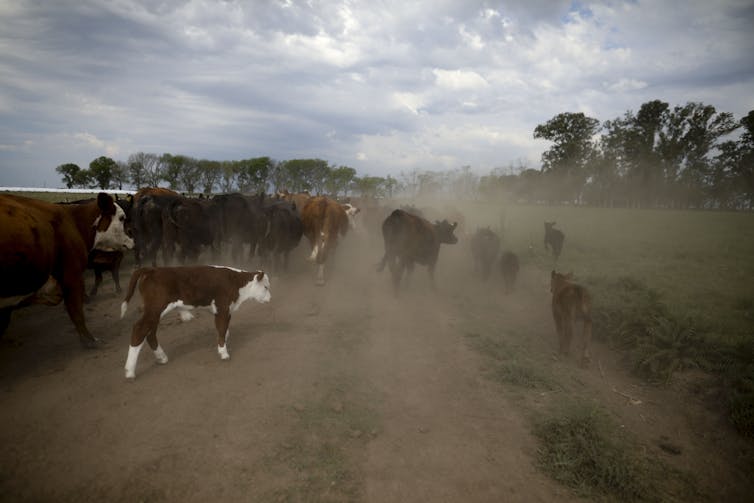
Finally, certification will only work if consumers are willing to pay a higher price for carbon-neutral, or even just climate-friendly, meat and dairy products.
Higher payments can come directly from consumers buying certified products or through government regulations requiring all meat and dairy products be certified. For example, under its Farm to Fork Strategy, the European Commission encourages food systems that can mitigate climate change. If the commission were to only accept meat and dairy products certified as climate-friendly, that would create an incentive to pursue certification to enter the large European market.
Some environmental groups have complained that climate certification for beef and related carbon credits result in greenwashing, allowing companies and the industry to burnish their reputations while continuing to release emissions. But certification can also encourage livestock producers to take steps they otherwise wouldn’t to reduce overall emissions for a better planet.![]()
Paul Winters, Professor of Global Affairs, University of Notre Dame
This article is republished from The Conversation under a Creative Commons license.


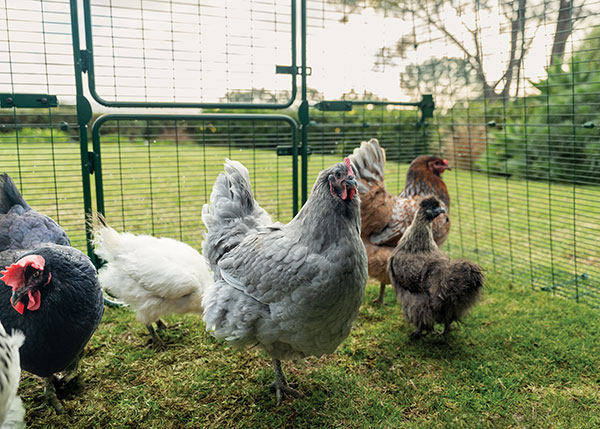 Chickens require room to roam, but they also need protection from predators and the weather. The most common setup for chicken housing involves an enclosed coop and a secure area where they can wander freely. Plan to secure several square feet of space per chicken to avoid crowding.
Chickens require room to roam, but they also need protection from predators and the weather. The most common setup for chicken housing involves an enclosed coop and a secure area where they can wander freely. Plan to secure several square feet of space per chicken to avoid crowding.